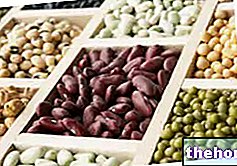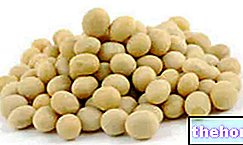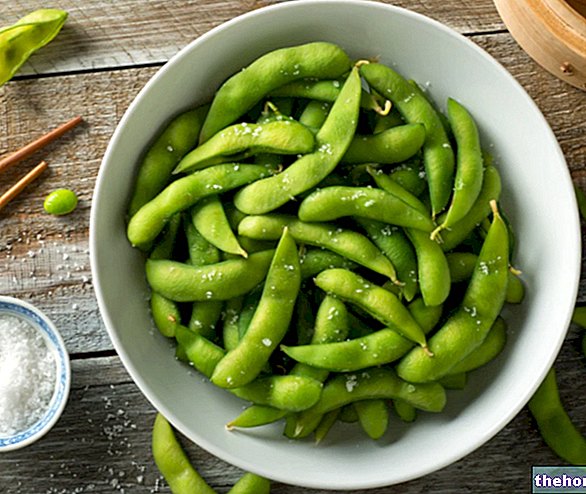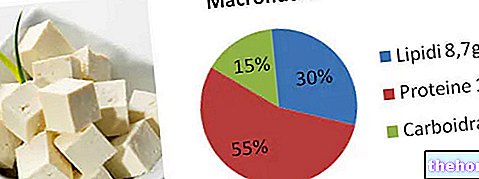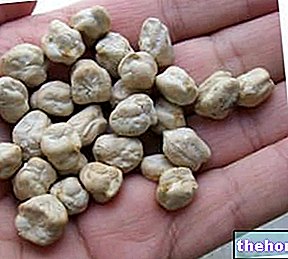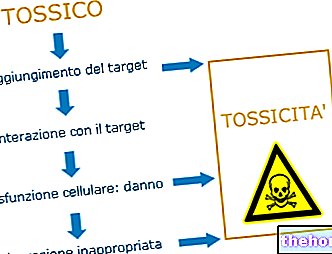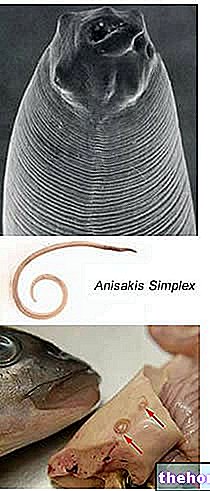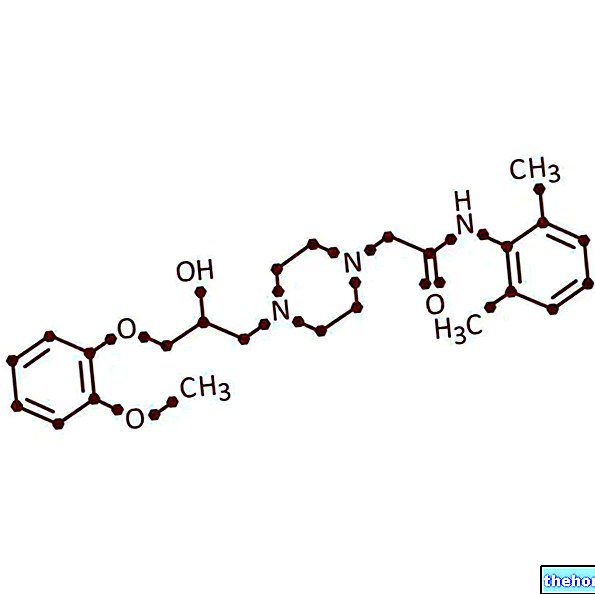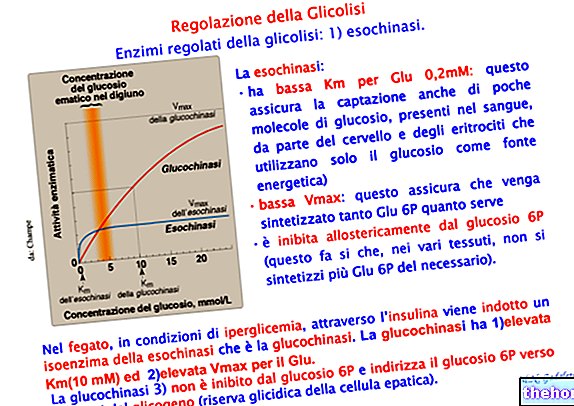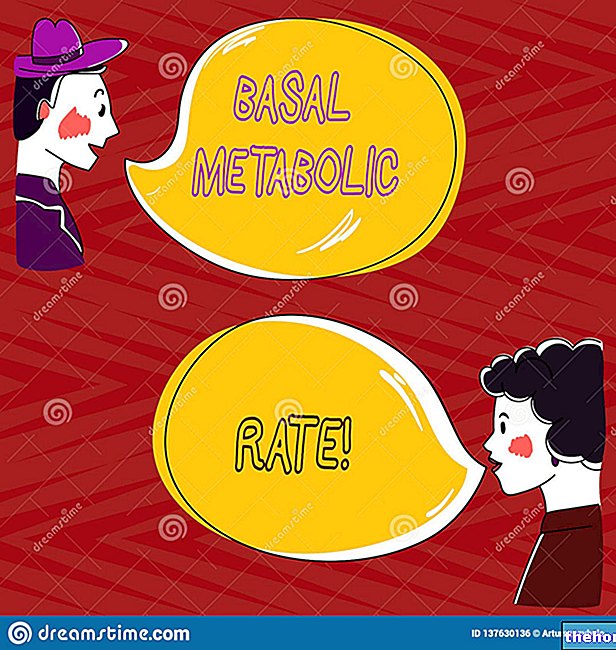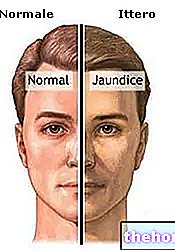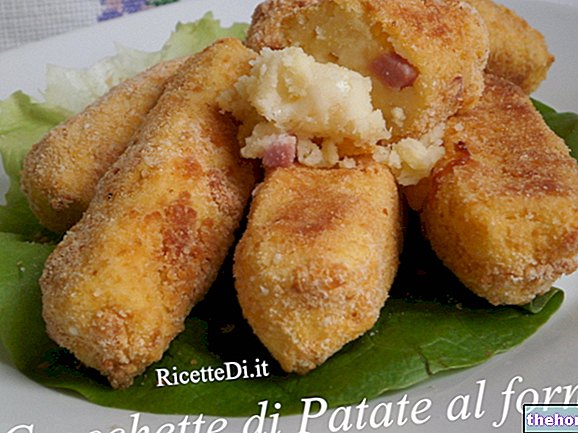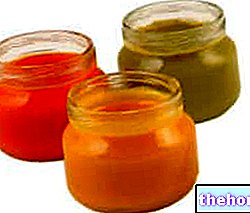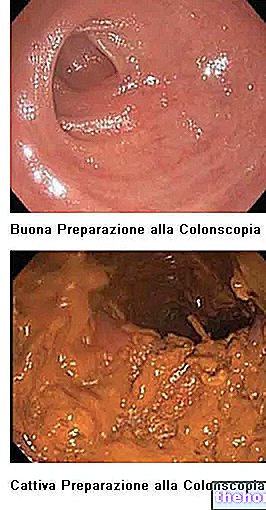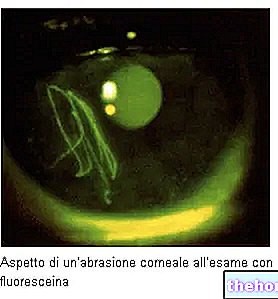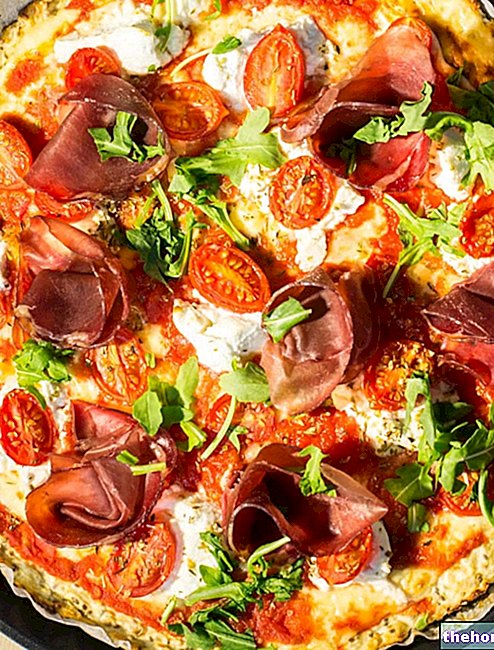Introduction
Chickpeas are the seeds of Cicer arietinum, herbaceous plant belonging to the fabaceae or leguminosae family. They are therefore legumes, whose food use is possible only after drying.
The chickpea plants are particularly cultivated in Umbria, Lazio, Tuscany and especially in Liguria (remember the typical local specialty based on chickpea flour: farinata); however, all chickpea plants are grown in most of the Mediterranean regions.
Botanical analysis

After soybeans and beans, chickpea is the third leguminous plant for global production: in Italy, however, it is not widely cultivated, mainly due to the unsuitable soil, the low yield and, above all, the low market demand.
Nutritional analysis
Dried chickpeas are very caloric legumes: in fact they bring about 316 Kcal per 100g: so much so that, once cooked, they contain over 6% fat, against 2% of beans. In any case, chickpeas are much more balanced. in terms of distribution of macronutrients, as well as being very energetic.Some authors venture to attribute therapeutic properties to chickpeas: in fact, these legumes are rich in saponins, very useful for decreasing the levels of cholesterol and triglycerides in the blood.
In addition, chickpeas are a source of vegetable protein, fiber, B vitamins (B1, B2, B3, B5, B6), vitamin C and E. Some minerals are also found in chickpeas (such as magnesium and phosphorus. ). Furthermore, these precious legumes, unfortunately little consumed in our country, contain a fair amount of polyunsaturated fatty acids (especially linoleic acid).
Chickpeas also seem to boast mild antacid properties (useful, therefore, in conditions of stomach acidity); the consumption of chickpeas can also be a possible help against gastroduodenal ulcers (properties not fully demonstrated).
Uses of chickpeas
After drying, the chickpeas must be placed in cold water for about 12 hours, before being cooked. After that, the chickpeas can be boiled and then crushed, then eaten as a puree.
In the East, crushed chickpeas are mixed with sesame seeds, lemon and oil, to prepare the humus. Particular is the consumption of natural chickpeas, after having naturally macerated them, dried on ashes and toasted.
Dried chickpeas are mainly used for the preparation of flours.
chickpea flour
An excellent alternative to wheat flour, chickpea flour is obtained by grinding the dried seeds of the chickpea; it is a food rich in minerals, such as calcium, phosphorus, iron, and vegetable proteins.
The dried chickpeas are ground into cylinders or stone (of superior quality). The process of grinding the chickpeas involves refining, as the separation of the bran is essential.
Chickpea flour is widely used in Liguria, where the farinata it is considered a typical local specialty. Farinata is a very low chickpea cake, mixed only with chickpea flour, water, salt and olive oil; farinata is usually cooked in a wood oven, but is sometimes cooked in a pan.
The chickpea flour is also used for the production of panissa, another Ligurian culinary specialty: this chickpea cake is covered with onions.
Chickpea flour can also be used mixed with durum wheat flour and eggs to prepare fresh pasta; again, it can be used as a basic element for batter (for vegetables) and to prepare gnocchi.
Chickpea flour in history
The earliest archaeological evidence of the cultivation of Cicer arietinum come from Iraq And date back to the very ancient Bronze Age (3,500-1,200 BC). After that, the cultivation of chickpea spread to Egypt and the Roman Empire. Currently, the chickpeas and the flour obtained are mainly consumed in India and Pakistan.
Chickpea Soup
Personal Cooker Alice explains in detail how to enhance chickpeas in the kitchen, with a rich and tasty chickpea soup, with celery, bacon and carrots.
Chickpea soup
Problems with playing the video? Reload the video from youtube.
- Go to the Video Page
- Go to the Video Recipes Section
- Watch the video on youtube
Summary
Ceci: in short
Stem: hairy
Leaves: opposite and toothed
Roots: deep
Habitat: arid and hostile climate
- Kcal: 316 kcal per 100g
- Fat: 6% fat
- Source of vegetable protein, fiber, B vitamins, C and E vitamins
- Minerals: magnesium and phosphorus
- Fair amount of polyunsaturated fatty acids (especially linoleic acid)
- Blande antacid properties
- Possible help against gastric-duodenal ulcers
- Potentially lower cholesterol and triglyceride levels in the blood
- Drying and maceration: → boiling and pounding (mashed)
- Preparation humus (orient): adding sesame seeds, oil and lemon to the crushed chickpeas
- Consumption of natural chickpeas after maceration and drying on ash
- Preparation of flours (farinata, panissa)
Later: spread to Egypt and the Roman Empire
Currently: the chickpeas and the flour obtained are mainly consumed in India and Pakistan
Other Foods - Legumes Peanuts Chickpeas and Chickpea Flour Cicerchie Beans Azuki Beans Green Beans Broad Beans Falafel Chickpea Flour Bean Flour Bean Flour Lentil Flour Pea Flour Soy Flour Legumes Lentils Lupins Peas Soy Jackdaws Tempeh Tofu Yogurt ARTICLES Soy OTHER Categories Alcoholics Meat Cereals and derivatives Sweeteners Sweets Offal Fruit Dried fruit Milk and derivatives Legumes Oils and fats Fish and fishery products Salami Spices Vegetables Health recipes Appetizers Bread, Pizza and Brioche First courses Second courses Vegetables and Salads Sweets and Desserts Ice creams and sorbets Syrups, Liqueurs and grappas Basic Preparations ---- In the Kitchen with Leftovers Carnival Recipes Christmas Recipes Diet Recipes Light Recipes Women's Day, Mum, Dad Functional Recipes International Recipes Easter Recipes Recipes for Celiacs Recipes for Diabetics Recipes for Holidays Recipes for San Valentino Recipes for Vegetarians Recipes p roteiche Regional Recipes Vegan Recipes

